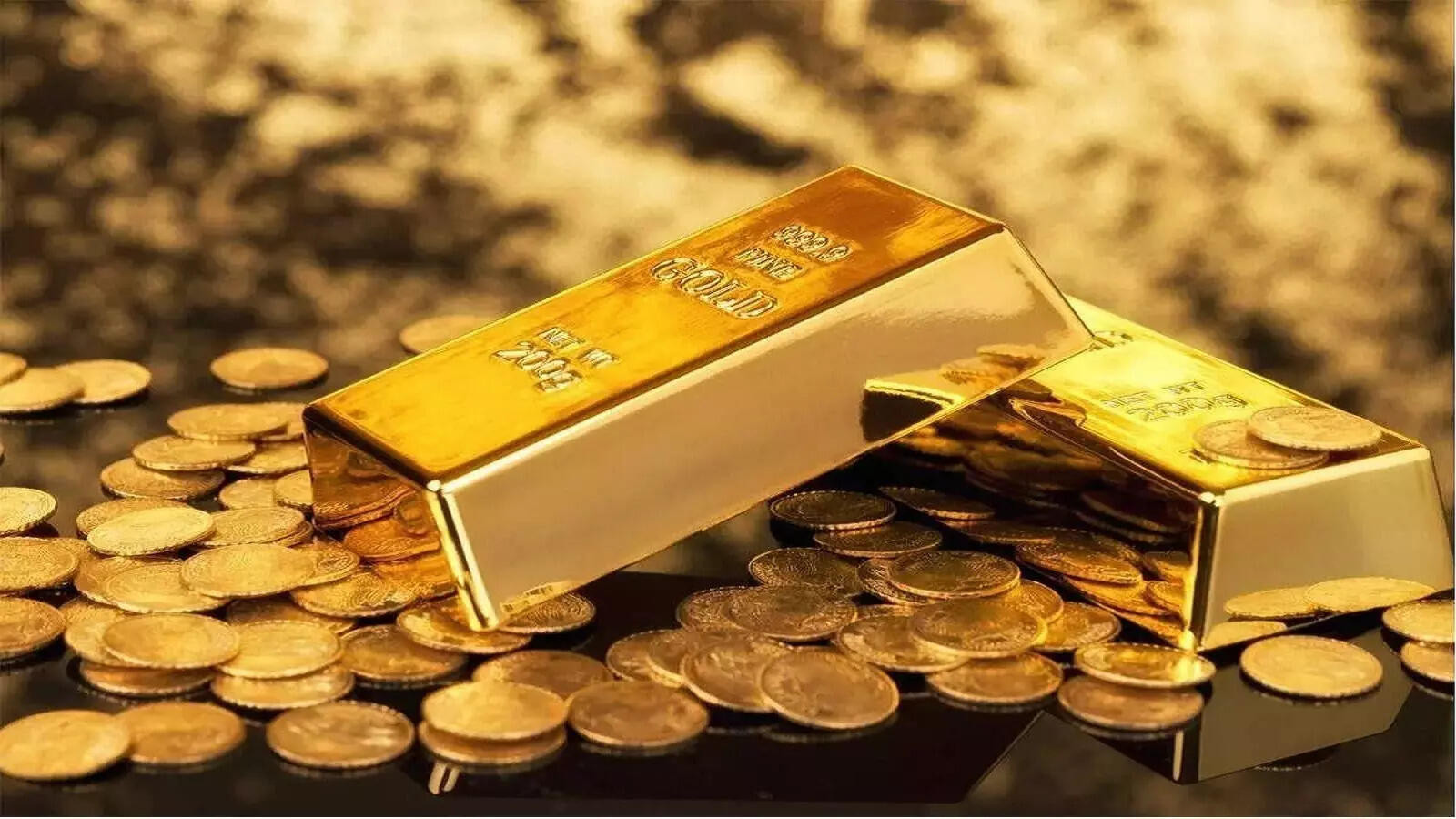Gold futures saw an uptick, driven by safe-haven demand amid geopolitical tensions and potential US export restrictions on AI hardware to China. This rise follows a weak performance last week, with investor interest and strong ETF inflows bolstering the bullion market in the third quarter.
Is Gold Still Glittering? Decoding Today’s Price Fluctuations
Gold. The word itself conjures images of ancient empires, pirate treasure, and, for many, a safe haven in uncertain times. But is that reputation still deserved in today’s rapidly changing financial landscape? Today we’re diving deep into the swirling currents of the gold market, examining what’s driving prices up, pushing them down, and how you can make sense of it all.
The yellow metal has always held a unique position. More than just a commodity, it’s viewed by many as a hedge against inflation and economic instability. When the stock market throws a tantrum or geopolitical tensions flare, investors often flock to gold, driving up its price. But recent activity tells a more complex story.
Gold Prices Vary City to City: A Snapshot of Local Markets
One striking aspect of the gold market is its regional variation. The price you see advertised online might not be the price you pay at your local jeweler. Factors such as local taxes, transportation costs, and even regional demand can influence the final price.
As of today, November 3rd, 2025, major metropolitan areas are seeing slightly different gold rates. Delhi and Mumbai, typically frontrunners in trading activity, have prices hovering near each other, while southern cities like Bangalore, Chennai, and Hyderabad show their own subtle shifts based on the local market dynamics. Kolkata, Ahmedabad, and Jaipur contribute to the tapestry of gold prices, each painting a slightly different picture. This variation underscores the importance of checking local rates before making any purchasing decisions.
What’s Moving the Gold Market? Decoding the Drivers
So, what exactly is causing these fluctuations? Several factors are at play. Global economic indicators, like inflation rates and interest rate policies, play a crucial role. A weaker dollar, for instance, tends to boost gold prices, as it makes the metal cheaper for buyers using other currencies. Conversely, rising interest rates can make bonds and other investments more attractive, potentially dampening demand for gold.
Geopolitical events, as mentioned earlier, can also send ripples through the market. Unexpected political instability in a key region can trigger a rush to safe-haven assets like gold, driving prices upward.
Furthermore, supply and demand fundamentals matter. Gold production, mining activities, and central bank purchases all influence the overall supply. Consumer demand, particularly from major gold-consuming nations, plays a crucial role in determining the price direction.

Understanding Gold Purity: 24K vs. 22K
Navigating the world of gold also requires understanding different purity levels. 24-karat gold is pure gold, containing virtually no other metals. It’s the most expensive form but also the softest, making it unsuitable for most jewelry. 22-karat gold, on the other hand, contains 22 parts gold and 2 parts other metals, typically alloys like silver or copper. This makes it more durable and suitable for crafting intricate jewelry designs, even though it’s slightly less pure than 24K gold. The price difference between these karat values is a crucial aspect in decision-making.
Investing in Gold: More Than Just Bullion
When people think of investing in gold, they often picture gold bars or coins stashed away in a safe. While physical gold remains a popular option, there are other avenues to consider. Gold ETFs (Exchange Traded Funds) allow investors to gain exposure to gold prices without actually owning the physical metal. Gold mining stocks represent another option, allowing investors to participate in the gold market through publicly traded companies involved in gold exploration and production. Each option comes with its own set of risks and rewards, so it’s important to do your research before diving in.
If you’re considering adding precious metals to your portfolio, check out our article discussing other precious metals like silver and platinum and their investment potential.
Navigating the Gold Market: A Cautious Approach
The gold market can be volatile, influenced by a complex interplay of global events and economic forces. Before making any decisions, it’s crucial to understand your own risk tolerance and investment goals. Diversifying your portfolio and consulting with a financial advisor can help you make informed choices and navigate the market’s ups and downs.
The glitter of gold might be enticing, but a measured and informed approach is key to successful investment.







